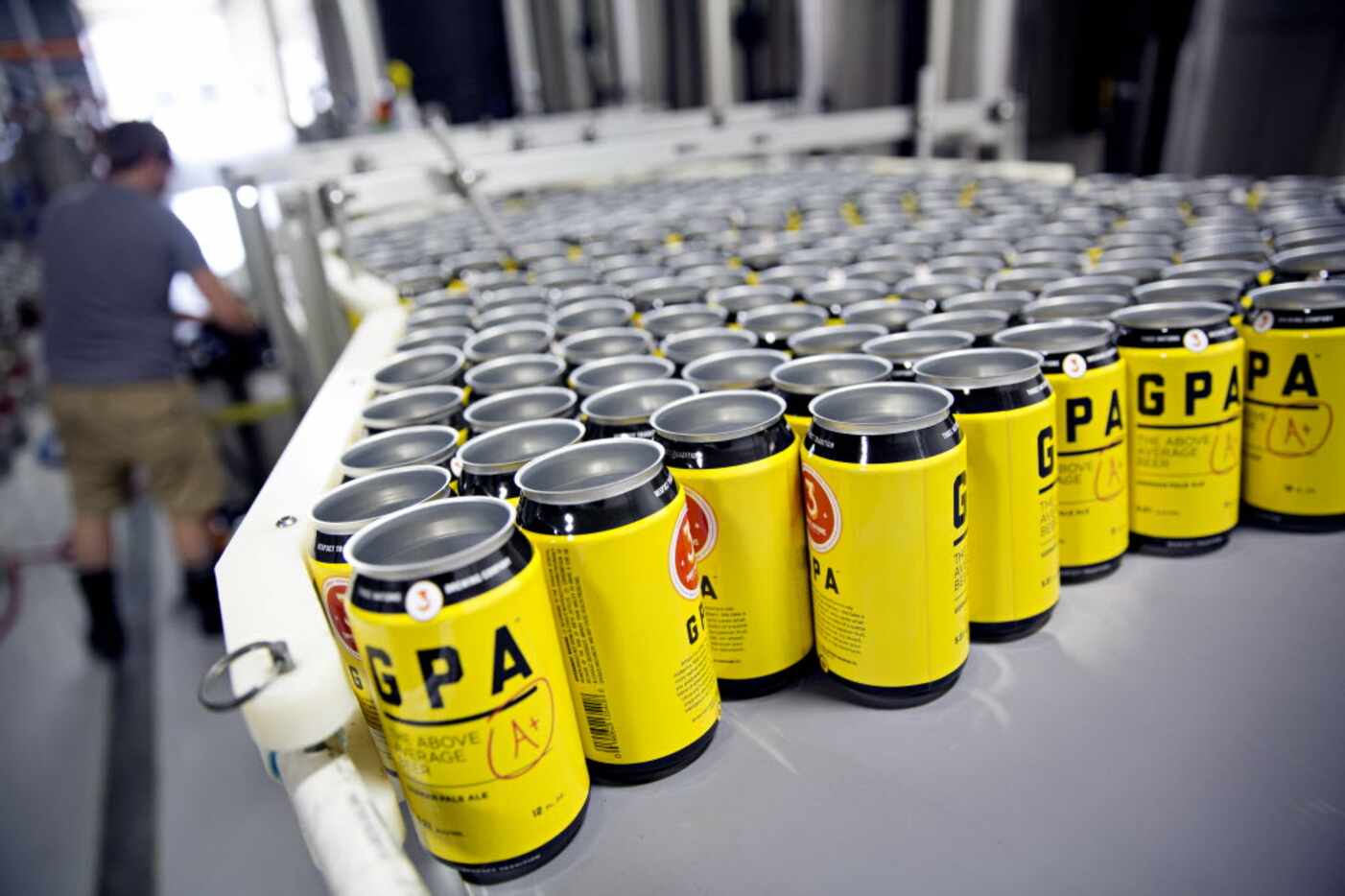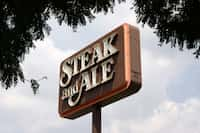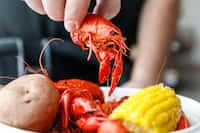With the craft beer boom galloping around town every which way, a brush with a local brew is inevitable -- whether you're into beer or not.
As a beer novice, I wanted to expand my brewing knowledge. (When I say pass me a cold one, I typically am popping the top on a diet Coke.) So I called on one of the newest breweries in town to break down the actual brewing process for me. Gavin Secchi, "head coach" and founder of 3 Nations Brewing in Farmers Branch, walked me through the brewing process.
"Brewing wort and producing beer is not difficult, but doing it consistently and properly is," Secchi said. "At 3 Nations we make it our priority to follow tradition with our own spin on things. So we respect tradition in our own sort of way."

Upon entering 3 Nations, I was surprised to see the towering, gleaming vessels lined up in a row. I suppose I had visions of sloshing buckets spilling and splashing all over the place. Little did I know, much more sophisticated technology was utilized.
Secchi walked me through the ultra high-tech computer system. Nearly the entire brewing process is managed by the touch of a button. Actually, not even a button -- it's a touch-screen device that depicts every brewing apparatus, pipe and valve in the brewery. I even had the honor of tapping the screen for one of the brewing commands.
"With the advances in technology, brewing wort and producing more consistent beer has become more possible," Secchi said.
Aside from the glossy machinery necessary for the brewing process, there also precise steps that must be followed. The art of brewing is highly scientific and calculated. The entire time Secchi was rattling off brewing terms and sequences, I felt like I was in a chemistry lab.
Brewing one batch of beer typically involves 21 days. This ranges from sprinkling in the hops to actually canning or kegging the brew.
"Here's a little tidbit," Secchi said. "Brewers don't actually brew beer. They brew wort."
To ignite the brewing process, the mashing step occurs. Brewers take a different variety of malted barley and brew that first in a huge vessel called a mash tun. Secchi offered a comparison that helped make it click in my brain: malt is to beer what grapes are to wine.

That concoction, in turn, produces the wort. Wort itself contains the sugars that will be fermented by brewing yeast to produce the alcohol.
The actual brew day is about eight hours and requires much precision and focus from the brewer.
"My favorite step of the brewing process is in the mashing step when the grist [which is a crushed grain] hits the water and magic starts happening," Secchi said.
After the mashing step is complete, the brewer will take the "mash" and separate out the spent grain from the wort. This step is called lautering, and it takes place in the lauter tun. This is the step I got to activate at 3 Nations when brewing their latest beer. It was mind-blowing that gallons upon gallons of liquid were being transferred from vessel to vessel at the mere poke of a finger.
Once the wort has been separated from the grains and the lautering process is complete, the substance is transferred to a third vessel. It is brought to a boil for one to two hours. This is where the hops are added. Secchi lent me another catchy analogy: hops are to beer as pepper is to soup. Hops are intended to provide a pungent aromatic element to the beer; they are actually flowers and the sister plant to Cannabis.
After the boiling process is finished, the beer is cooled down. At 3 Nations, the brewers let the beer sit for 10 days at fermenting temperature, which is 65 to 75 degrees Fahrenheit. Secchi explained that during this process, the yeast is basically eating the sugar and wort, therefore creating alcohol, carbon dioxide and more yeast.
After maturation, the brew will sit at freezing temperatures for another 10 to 15 days. But of course with the alcohol content, the substance stays in liquid form.

Secchi said that some breweries choose to filter their brew. Essentially, that process removes much of the yeast and the protein from the beer. Three Nations currently does not filter their beers, because often the aroma and flavor is stripped down.
Then, the brew is carbonated in a tank, which is the final step before canning and kegging the product.
In addition to the meticulous detail required in the art of brewing, Secchi said the setup and cleaning process requires a huge chunk of time too.
So the next time you sip a craft beer, think about the scientific process and work behind it.
"Everyone works hard and some harder than others," Secchi said. "I love making beer so it makes that hard work a little bit easier."
More photos of the brewing process at Three Nations:







